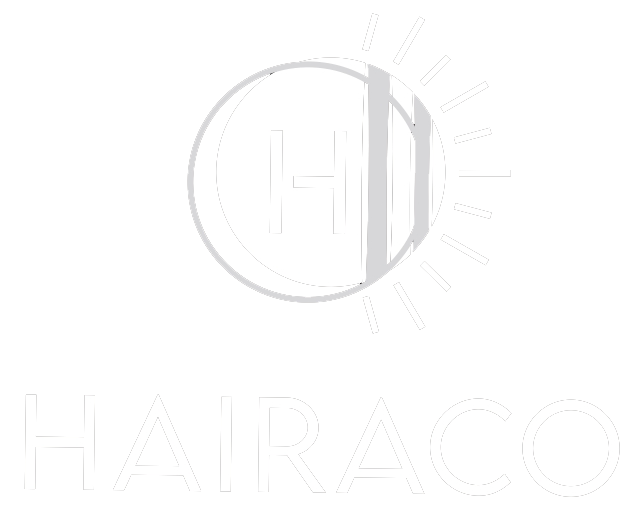When it comes to achieving the perfect hair color, the tools you use are just as important as the products. One of these essential tools is hair foils, which are used to separate hair sections during coloring, highlights, and lowlights. However, not all hair foils are created equal; they come in various thicknesses that can greatly affect your results. This article will guide you through the process of choosing the best hair foil thickness for different techniques, ensuring that you get the most professional outcome possible.
Understanding Hair Foil Thickness
Hair foils are available in various thicknesses, typically measured in microns. The thickness of the foil you choose can influence how well it holds hair sections, retains heat, and withstands coloring agents. Common thicknesses range from 12 to 24 microns. Each thickness has its advantages and drawbacks, depending on the technique you’re employing.
12-15 Micron Thickness: The Lightweight Option
Foils in the 12-15 micron range are the thinnest available. These lightweight foils are ideal for techniques that require a high level of precision, such as micro-highlighting or babylights. They are easy to mold and wrap around small sections of hair, making them perfect for intricate work:
- Micro-highlighting: The ultra-thin foil allows for detailed application and ensures that the fine strands of hair are adequately covered.
- Babylights: Lightweight foils can easily wrap around tiny sections, giving a more natural, sun-kissed appearance.
16-20 Micron Thickness: The Versatile Middle Ground
Foils in this range are the most commonly used due to their versatility. They are neither too thick nor too thin, making them suitable for a variety of coloring techniques:
- Highlights and Lowlights: Medium-thickness foils provide excellent coverage and control, allowing for more precise application of color.
- Balayage: When performing balayage, medium-thickness foils can help to develop color at a controlled pace, providing a seamless gradient.
- Ombre: These foils are sturdy enough to support heavier dye jobs like ombre, where multiple layers of color are often applied.
21-24 Micron Thickness: The Heavy-Duty Choice
Thicker foils, ranging from 21 to 24 microns, are designed for heavy-duty applications. They are particularly useful for complex coloring techniques and for dealing with thick or coarse hair:
- Color Corrections: Thicker foils provide the durability needed for extensive color corrections where multiple processes may be involved.
- Thick Hair: Coarse or thick hair requires stronger foils to hold sections securely and to ensure that the color penetrates fully.
- Multi-Tone Coloring: When applying multiple colors in a single session, thicker foils can effectively separate the sections, preventing any bleeding of colors.
Choosing the Right Thickness for Your Clients
Consider the following factors when selecting the best foil thickness for your clients:
- Hair Type: Fine hair pairs well with thinner foils, while thick or coarse hair benefits from thicker options.
- Technique: Choose the foil thickness that best suits the technique you plan to use. For intricate work, thinner foils are preferable, while thicker foils are ideal for more robust applications.
- Experience Level: If you are a beginner, you might find middle-ground foils easier to work with, offering a balance of flexibility and control.
Conclusion
Choosing the right hair foil thickness is vital for achieving desirable coloring results. Whether you are doing detailed highlights or tackling a challenging color correction, selecting the appropriate foil thickness can make a significant difference in your work. Understanding the nuances of each thickness will help you provide the best service possible, ensuring client satisfaction and beautiful, vibrant hair color.

